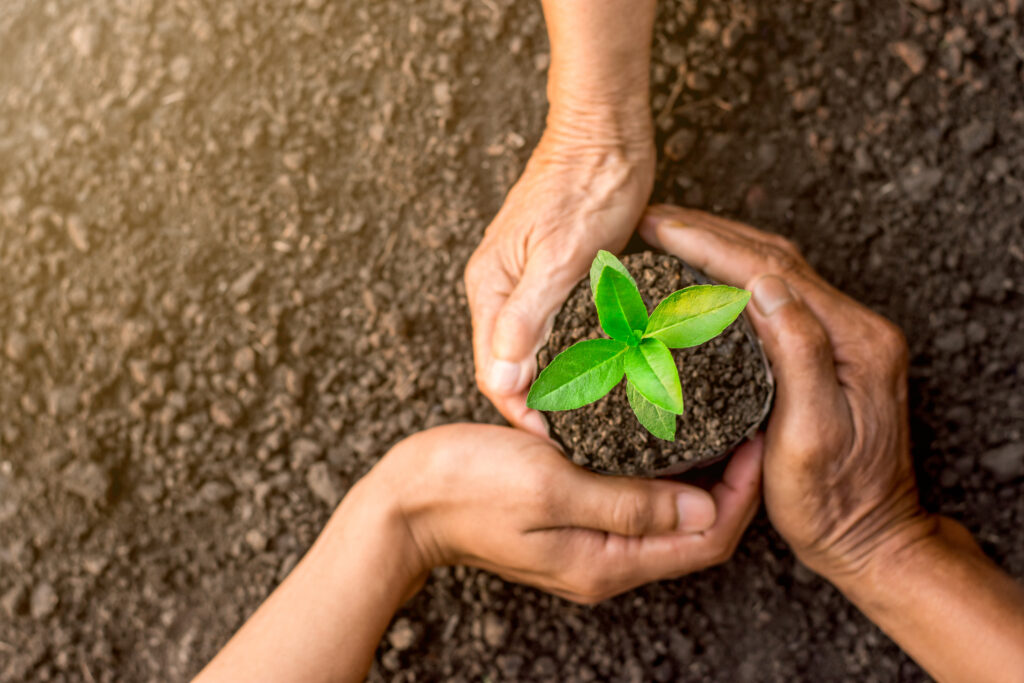Earth Day is Different This Year

Earth Day is different this year.
For 50 years Earth Day has brought hope. In previous years, now would be the time that one billion people in more than 190 countries around the world walk outside―in nature, in parks, and in capital cities―to call decision-makers to protect and heal our planet.
This April we have to walk a bit farther to discern where the hope lies. But come with me; it’s worth the journey.
The crisis phase of COVID-19 is a giant mountain that we have to climb first. Carried along by the rapidly rising portion of the infection curve, or coping with the overwhelming challenges near its peak, governments and societies rightly focus all resources on care for the sick and dying, and economic assistance for those without food or shelter.
But things will change as we begin to find ourselves on the long, slow, descending portion of the curve. As we catch our breath and begin to look around again, we’ll find ourselves having climbed up onto a high plateau, with the mountain range of the crisis immediately behind us. From an Earth Day perspective, some good things have just happened that would have been unimaginable a few years ago:
- We have seen that walls can come down in response to crisis. Governments can redirect or close businesses, universities can collaborate internationally to find a vaccine, and hundreds of thousands of people volunteer to help.
- People not only take science seriously; they demand that leaders use the best available science to guide their policies.
- As global supply chains break down, people source their needs locally. When the South African grapes and the South American strawberries are absent, local fruits and vegetables start appearing in local grocery stores. We realize that much that we thought was essential wasn’t.
- As the federal government fails to protect citizens, we realize it’s up to us―friends and neighbors in our community, city, or state―to be more self-reliant in order to get ourselves through.
- We are out of our cars and airplanes. The skies are bluer above us than they’ve been for years, and we hear birds again. Families on bikes are on the streets. There is a heightened consciousness of how we, our communities, and our environment are all interconnected.
These are the Earth Day gifts for this year; let’s use them!
As we progress through the month and think about how we can take care of the Earth, let it sink in: when there’s a crisis, human communities can do the impossible. “Unchangeable” global practices and policies can be suspended overnight. Maybe the motto going forward should not be the trauma-induced “Never forget,” but the hope-inspired “Yes we can!”

For this year’s Earth Day, join with me in making three resolutions:
- Keep in mind the ways we can take care of ourselves and each other.
- Your carbon footprint has become a tiny fraction of what it was. Can you keep it from bouncing all the way back up?
- The global community has just shown what all can be mobilized in response to a crisis. Watch what happens when we take that “can do” attitude and turn it next to Mother Earth and the illness we’ve brought upon her.
Let’s make Earth Day 2020 one that we’ll never forget.
―― Philip
